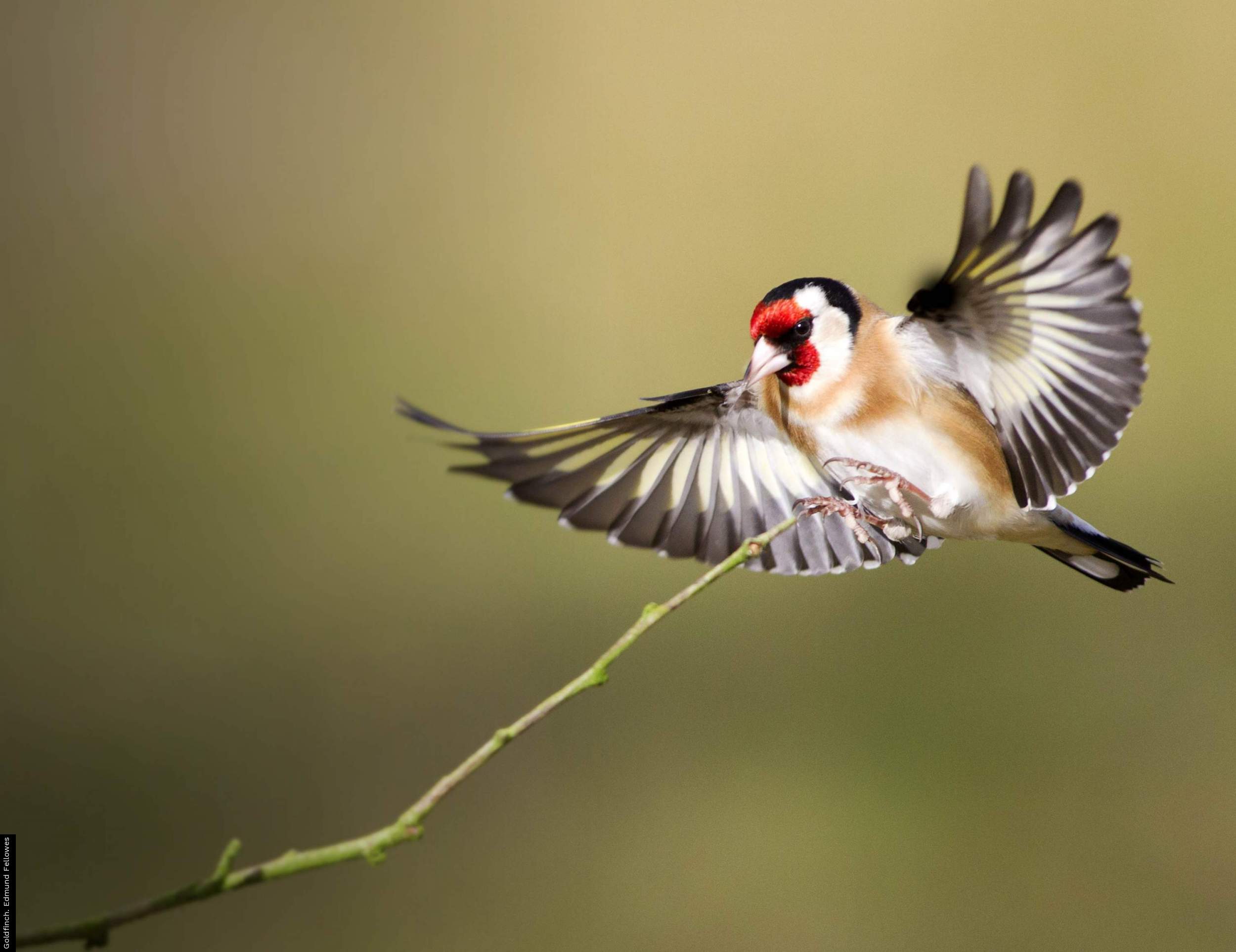Mammal monitoring
Mammal recording was introduced to the BBS in 1995 with a view to helping improve our knowledge of the distribution and population trends of some of our commoner mammals.
Compared with birds, the population trends of mammals are relatively poorly known. Even though mammal recording has always been a voluntary addition to the scheme, around 90% of BBS squares now hold mammal data.
- Download the instructions for monitoring mammals on BBS.
Mammal trends to 2022
BBS count data are used to calculate population trends for nine relatively widespread mammal species, shown below. These trends cover the period 1995–2022.
In 2022:
- Mammal data were recorded on 88% of the 3,919 BBS squares surveyed.
- Forty-five species of mammal were recorded in one form or another during the 2022 field season. These might be observations of live animals (counts), field signs, roadkill/dead animals or local knowledge.
Of the nine mammals for which trends can be produced from BBS counts, six have increased significantly in the UK as a whole since 1995:
- Brown Hare (27%)
- Grey Squirrel (30%)
- Reeves' Muntjac (254%)
- Fallow Deer (255%)
- Red Deer (89%)
- Roe Deer (124%)
In the case of Brown Hare, there has been a 39% increase in the last five years, following a 12% decrease from the start of the survey to 2016. This recent recovery provides hope amongst fears that Rabbit Haemorrhagic Disease Virus (RHDV2) had made the leap from Rabbits into Hares (see p30-31 of the 2019 BBS Report).
Three mammals have declined significantly:
- Rabbit (67%)
- Mountain/Irish Hare (61%)
- Red Fox (48%)
In the case of Red Fox, there is some regional variation in their decline; in the south-east and south-west of England, there are 25-year declines of 30% and 56% respectively, but in the east of England, there are signs of a potential recovery.
Trends for herd mammals, for example, Red and Fallow Deer, should be interpreted with caution. This is because the presence or absence of a herd in a given BBS visit could heavily influence the overall trend for that species.
- More information on the mammals recorded during the 2022 BBS surveys can be seen in the latest BBS Report (pages 28-29).
The information on species detected more often by signs of their presence than by sightings (e.g. Hedgehog, Mole and Badger) can also be used to estimate trends, although these require more careful interpretation.
Download the results from the latest mammal trends:
-
BTO/JNCC/RSPB BBS Mammal Trends 2022
BTO/JNCC/RSPB BBS Mammal Trends 2022 (XLSX, 31.65 KB)
Comparison of BBS mammal trends with the National Gamebag Census
In 2011 the JNCC funded work to compare BBS mammal trends between 1995 and 2009 with another annual scheme: the National Gamebag Census (NGC), carried out by the Game and Wildlife Conservation Trust. The NGC is a voluntary scheme that collects bag statistics from shooting estates, on average about 650 per year. The aim of the project was to produce an overview of trends in abundance and distribution.
Of nine species tested, none differed significantly in their trends between the two schemes. For four species where BBS indicated significant increases between 1995 and 2009, the NCG trend was either not significant (Red Deer, Roe Deer and Reeves’ Muntjac) or alsoshowed a significant increase (Grey Squirrel). Rabbit showed a significant decline on BBS whereas NGC found no significant change.
This work demonstrated the feasibility of producing joint BBS-NGC trends for assessing population change for statutory purposes where a single figure is needed. Results of the spatial mapping were also useful, inshowing areas where species are most often detected and where the most marked changes had occurred. However, due to differences in sampling design and methods, the recommendation is to routinely report temporal and spatial results from the two schemes separately.












Share this page